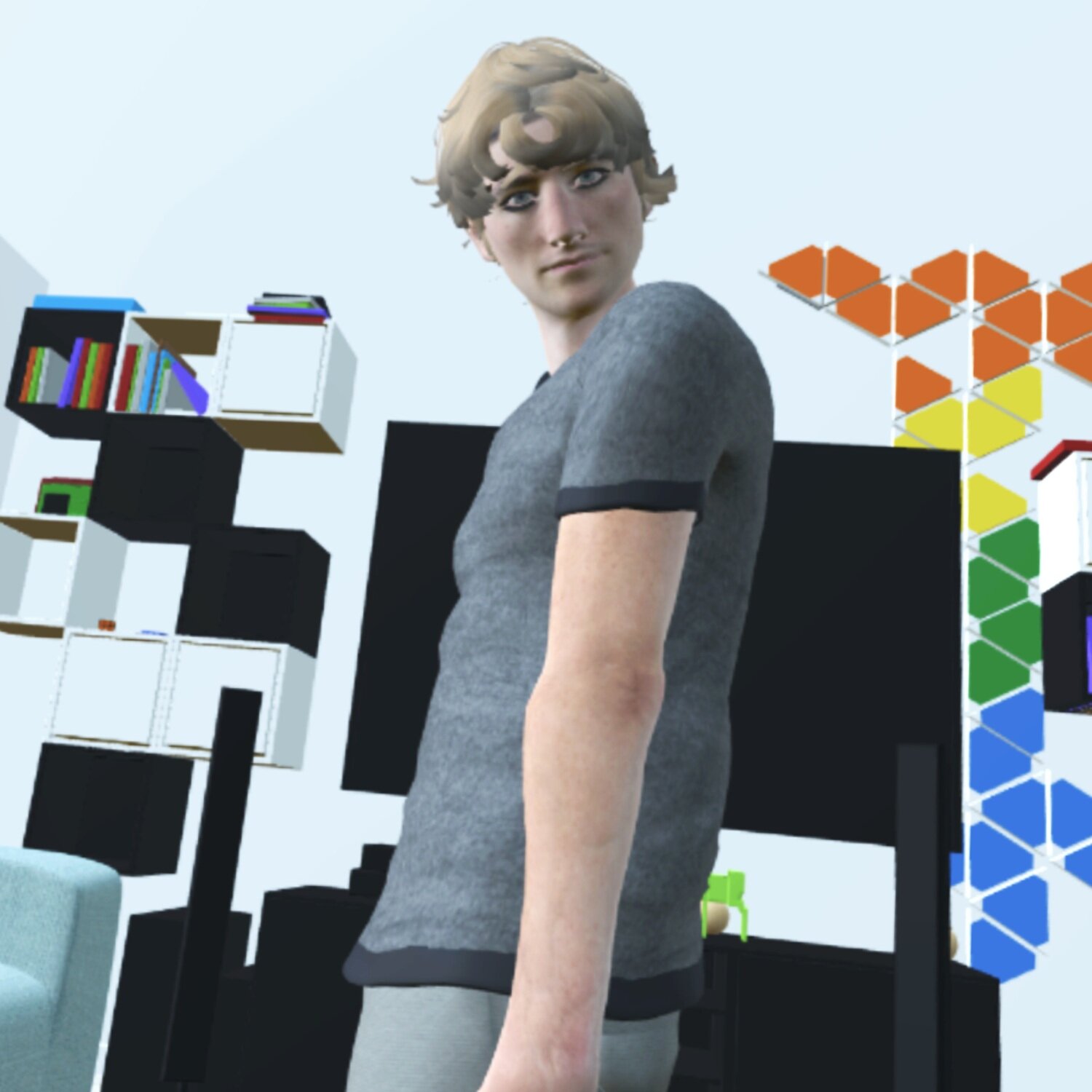
Uncanny Valley in VR/AR
Uncanny Valley Effect in VR/AR
Understanding how the looks of human characters in VR/AR affect users' feelings. Designed, developed interactive VR & AR app gaming experience in Unity and Maya, for Hololens and FOVE VR. Conducted 100 user tests, analyzed and visualized biological data using EEG, GSR and Pupil Dilation sensors. Thesis for Master's degree.
Collaborators: Sung Jun Park, Kala Goyal, Prof. Lorie Loeb, Prof. Xia Zhou
My Role: VR/AR/3D Designer, Unity Developer, HCI Researcher

What is Uncanny Valley?
People feel greater affinity for artificial humans as they become more realistic, but when they are almost perfectly human, slight differences creep us out, and our affinity for them drops. -- Masahiro Mori, a major figure in robotics, 1970
Should they appear indistinguishable from true humans, we would again feel affinity for them. On a graph of affinity versus realism, the drop of affinity resembles a valley. Mori called this pattern “bukimi no tani”, translated loosely as "the Uncanny Valley."
Previous work
In robotics, the theory has been prooved true by lots of scientists and research papers. Though Mori’s research was targeted at his area of expertise, robotics, over the course of the following two decades, the scope of this research would extend beyond robots, and into emerging fields.
Our goal
This research attempts to answer the question of how the Uncanny Valley plays a role in VR and AR applications, and further, what limitations exist that will inevitably prevent the technology from used to depict this emerging of fabricated reality.
Research methods
- We designed an interactive experience and developed a software framework in Unity for conducting user research in VR/AR, which will hopefully be useful beyond this project for other researchers learn about VR/AR.
- We explored EEG (Electroencephalography), GSR (Galvanic Skin Response), Pupil Dilation sensors and learned how the data reflects people's biological and neural subtle changes.
- We conducted 100 user testings, collected and analyzed subjected surveys with biosensors data.
Design Process
3D Modeling
Our lab
We built our lab in Maya
UX Storyboard
Designed implicit interactions with characters in storyboard
Character Designer & Modeling
Arranged by human-likeness. (per Mechanical Turk study with 100+ participants)
Interaction Flow
Development in Unity
VR scene design & development in Unity
User Testing
Findings
All 100 participants experienced the Uncanny Valley to varying degrees, with an inverse response between AR and VR (AR participants found cartoony characters creepy, while VR participants experienced creepiness in the more normal Uncanny Valley range of realness).
In addition, the Uncanny Valley in AR and VR caused more negative feelings than traditional 3D media, and small animation glitches further increased discomfort.
